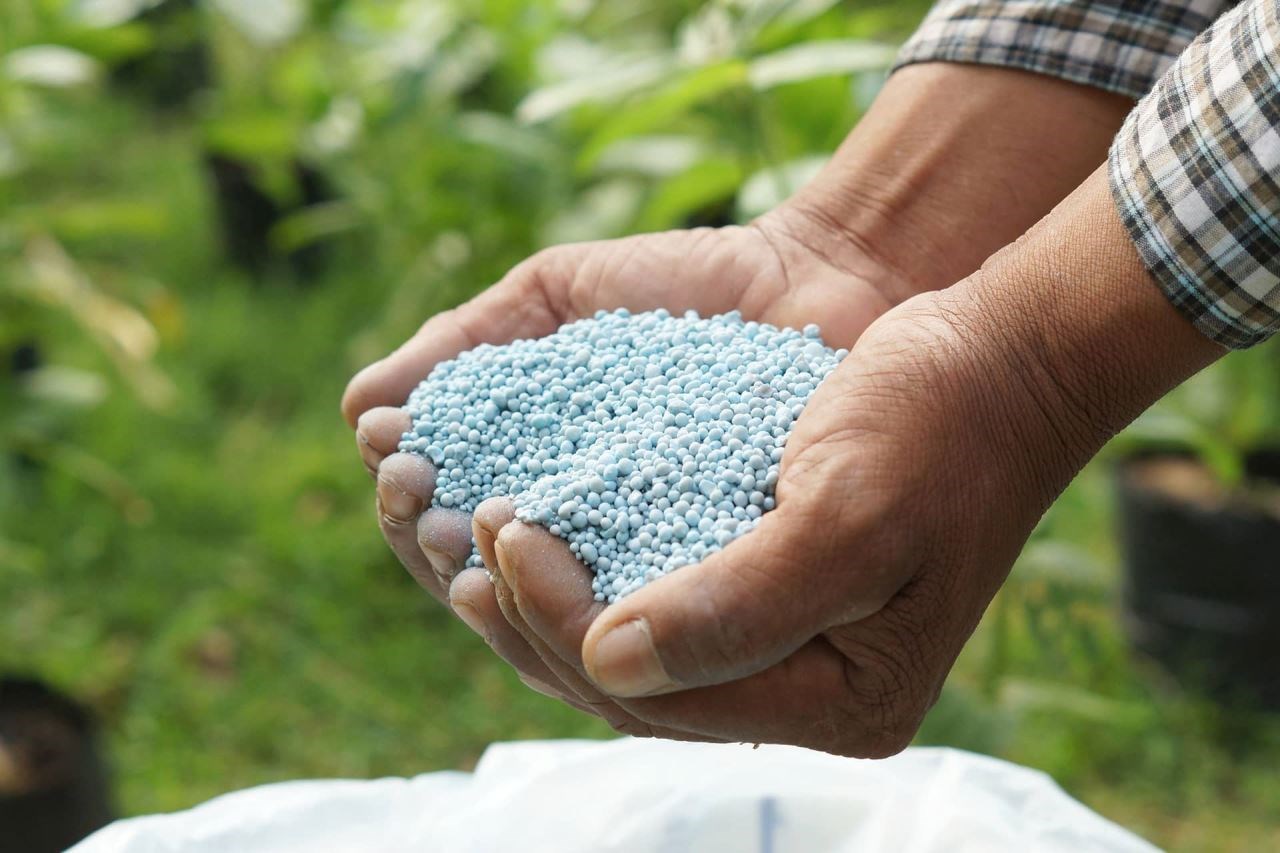Well what a spring!
With the recent relentless rainfall, many fields are still at soil water capacity, which will increase the chances of nutrient runoff from slurry or bagged fertiliser in the short term. But the impact on soil structure and health will last far longer through damage to the soil by travelling on it when ground conditions do not allow.
So, think of your soil first – if the ground it too wet, don’t go out there unless you need to sacrifice an area to mitigate a slurry store overfilling and causing an even bigger problem.
It is important to walk your fields before you go out to spread anything and make sure your soils can take it. Consider dual wheels, low pressure tyres, ATV spreading if that is available to you.
Slurry Application Rates
Late applications of slurry in the spring can lead to contamination on the grass leaf being brought back into the clamp and affecting silage fermentation. Grass has been growing very well in the past few weeks so leaf area is large and the risk of this happening could be high. So make sure you don’t put slurry on too late, and reduce application rate if there is good grass cover.
In terms of fertiliser, we are getting late now to put on 2 applications of fertiliser for 1st cut – especially if you are aiming for an end of April cutting date. It’s best to put on one application but reduce the overall N rate in order to make sure it has all been used before you make silage.
On average the grass plant uses 2.5kgN/ha/day in the spring when actively growing (which it seems to be doing). Therefore make sure that the total nitrogen you are applying from manure and fertiliser will be used before your target cutting date.
Ring our farm consultants if you want us to check this, or alternatively take a sample of the grass prior to cutting and test it for nitrate levels. We normally get the results back the following day, but allow 2 - 3 days to be sure.
Delaying cutting date will have a big effect on silage quality, but nitrate going into the clamp will be a much bigger problem.
Always remember quality over quantity when assessing cutting grass.



